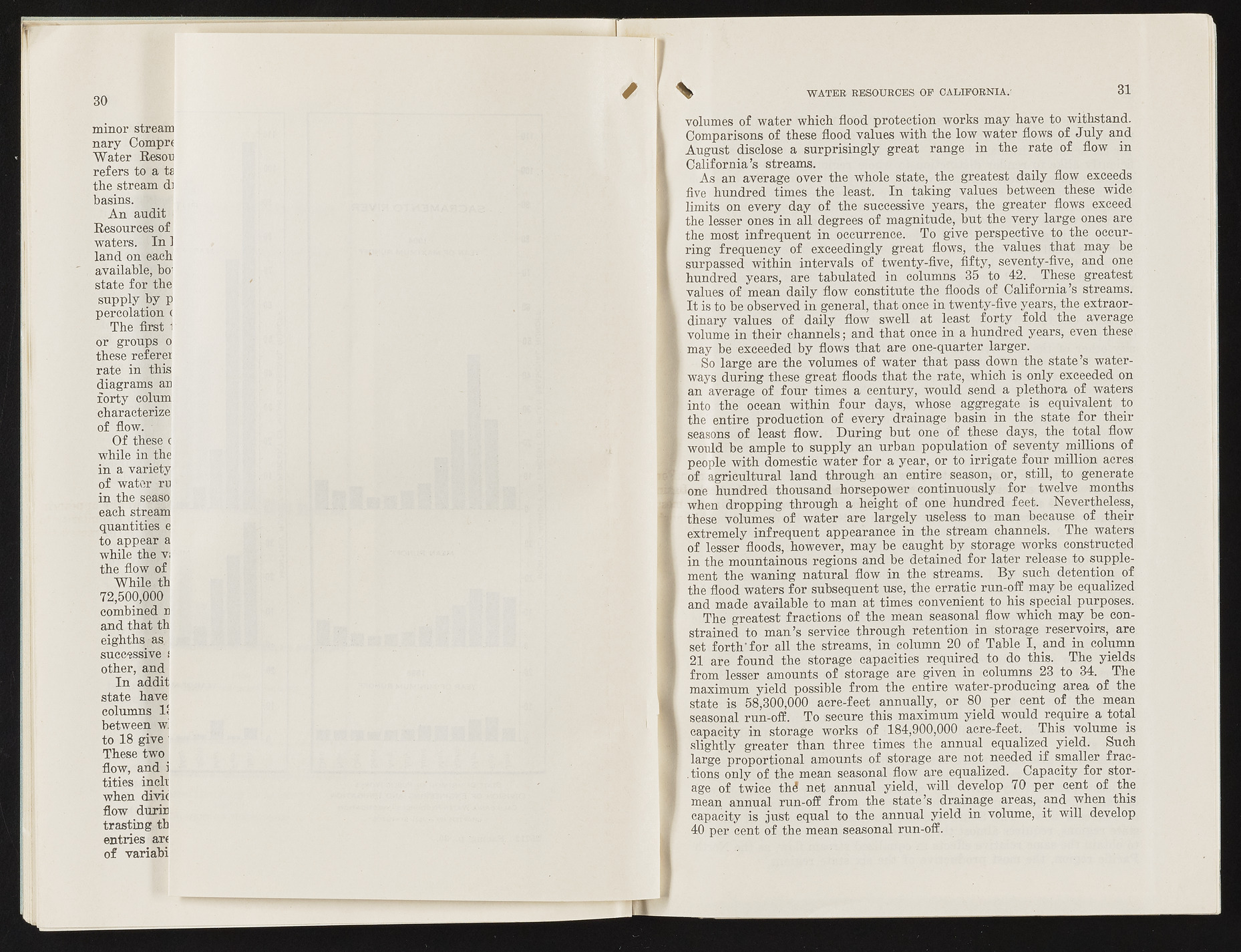Copyright & Fair-use Agreement
UNLV Special Collections provides copies of materials to facilitate private study, scholarship, or research. Material not in the public domain may be used according to fair use of copyrighted materials as defined by copyright law. Please cite us.
Please note that UNLV may not own the copyright to these materials and cannot provide permission to publish or distribute materials when UNLV is not the copyright holder. The user is solely responsible for determining the copyright status of materials and obtaining permission to use material from the copyright holder and for determining whether any permissions relating to any other rights are necessary for the intended use, and for obtaining all required permissions beyond that allowed by fair use.
Read more about our reproduction and use policy.
I agree.Information
Digital ID
Permalink
Details
Member of
More Info
Rights
Digital Provenance
Publisher
Transcription
30 / minor stream nary Comprc Water Resou refers to a ta the stream di basins. ' An audit Resources of waters. In ] land on each available, bo-state for the supply by p percolation ( The first 1 or groups o these referei rate in this diagrams an forty colum characterize of flow. Of these c while in the in a variety of water ru in the seaso each stream quantities e to appear a while the vi the flow of While th 72,500,000 combined n and that th eighths as. successive : other, and In addit state have columns 15 between w’ to 18 give These two flow, and S tities inch when divic flow durir trasting th entries ar< o f variahi WATER RESOURCES OF CALIFORNIA.' 31 volumes of water which flood protection works may have to withstand. Comparisons of these flood values with the low water flows of July and August disclose a surprisingly great range in the rate of flow in California’s streams. As an average over the whole state, the greatest daily flow exceeds five hundred times the least. In taking values between these wide limits on every day of the successive years, the greater flows exceed the lesser ones in all degrees of magnitude, hut the very large ones are the most infrequent in occurrence. To give perspective to the occurring frequency of exceedingly great flows, the values that may be surpassed within intervals of twenty-five, fifty, seventy-five, and one hundred years, are tabulated in columns 35 to 42. These greatest values of mean daily flow constitute the floods of California’s streams. It is to be observed in general, that once in twenty-five years, the extraordinary values of daily flow swell at least forty fold the average volume in their channels; and that once in a hundred years, even these may be exceeded by flows that are one-quarter larger. So large are the volumes of water that pass down the state’s waterways during these great floods that the rate, which is only exceeded on an average of four times a century, would send a plethora of waters into the ocean within four days, whose aggregate is equivalent to the entire production of every drainage basin in the state for their seasons of least flow. During but one of these days, the total flow would be ample to supply an urban population of seventy millions of people with domestic water for a year, or to irrigate four million acres of agricultural land through an entire season, or, still, to generate one hundred thousand horsepower continuously for twelve months when dropping through a height of one hundred feet. Nevertheless, these volumes of water are largely useless to man because of their extremely infrequent appearance in the stream channels. The waters of lesser floods, however, may be caught by storage works constructed in the mountainous regions and be detained for later release to supplement the waning natural flow in the streams. By such detention of the flood waters for subsequent use, the erratic run-oif may be equalized and made available to man at times convenient to his special purposes. The greatest fractions of the mean seasonal flow which may be constrained to man’s service through retention in storage reservoirs, are set forth 'for all the streams, in column 20 of Table I, and in column 21 are found the storage capacities required to do this. The yields from lesser amounts of storage are given in columns 23 to 34. The maximum yield possible from the entire water-producing area o f the state is 58,300,000 acre-feet annually, or 80 per cent of the mean seasonal run-off. To secure this maximum yield would require a total capacity in storage works of 184,900,000 acre-feet. _ This volume is slightly greater than three times the annual equalized yield. Such large proportional amounts of storage are not needed if smaller fractions only of the mean seasonal flow are equalized. Capacity for storage of twice th<? net annual yield, will develop 70 per cent of the mean annual run-off from the state’s drainage areas, and when this capacity is just equal to the annual yield in volume, it will develop 40 per cent of the mean seasonal run-off.

